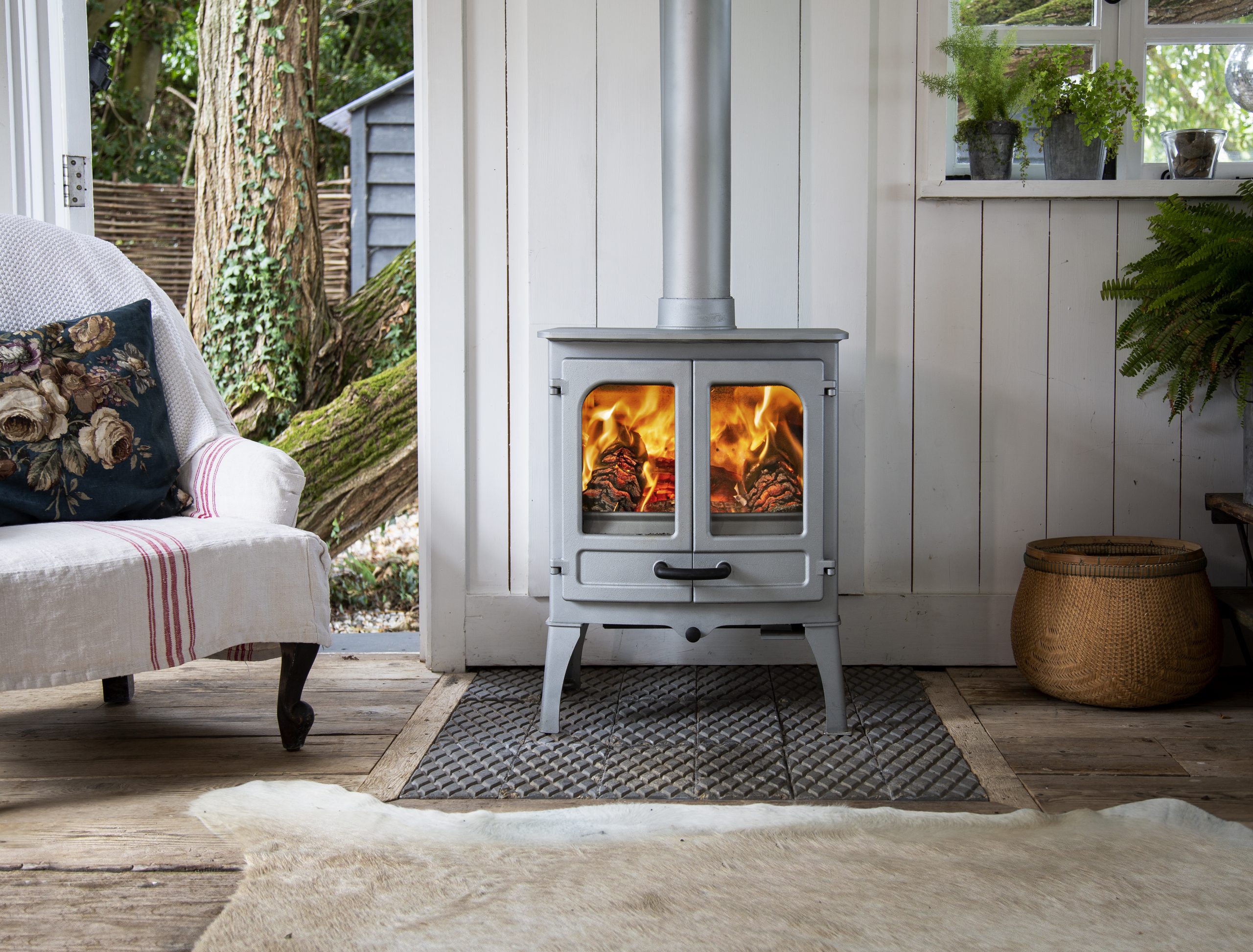In light of energy prices rising to unprecedented rates, more people than ever before are looking at alternative ways to heat their homes and stay warm. The cost of gas and electricity is more expensive than ever before due to factors such as a rise in import costs, an increase in global demand, and supply issues caused by global conflicts.
This has led to many people looking for alternative sources of heat, especially as the cost of living crisis pushes households to their limits financially. One source of heat that has experienced a noticeable increase in demand is the wood-burning stove. But is it more cost-effective to use a wood-burning stove rather than central heating?
We’ve created a helpful guide outlining everything you need to know about wood-burning stoves and whether or not they are a cheaper alternative to gas.
The rising price of gas and electricity
Domestic energy prices are at an all-time high due to the extremely volatile nature of the energy market, causing prices to increase at rates we have never seen before.
The cost of gas has increased by 141% since winter 2021/2022 and experts are advising that these eye-watering prices will continue to soar with bills going up again in April 2023, many households have found themselves in the position where they are simply not able to afford to heat their homes.
The good news is, there are alternatives available, including the wood-burning stove.
The advantages of using a wood-burning stove
There are a number of advantages of using a wood-burning stove, including:
• A wood burner could reduce your heating bills by up to 10%, according to the Energy Saving Trust.
• Under the current price cap, a woodburning stove costs around 13% less than gas central heating, and one-third of the price of electric heating.
• Efficient – log burners have around 75-90% efficiency.
• Eco-friendly and wood is a renewable, sustainable fuel source.
• Increases the value of your property.
• Aesthetically pleasing and good for mental well being.
The drawbacks of using a wood-burning stove
If you’re considering investing in a wood-burning stove for your property, it’s important that you also weigh up any potential cons too. After all, installation can be expensive, so it’s vital that you understand what is involved with the upkeep of a wood-burning stove and the costs involved.
Here are some of the potential drawbacks to keep in mind:
• If you don’t already have a wood burner, the initial expense can range from £500 – to over £5000, with installation costing on average £2,000.
• You will need enough space to accommodate a wood-burning stove.
• Storage space is required for logs to ensure they get plenty of air and stay dry.
• On-going upkeep and maintenance.
• A wood-burning stove can’t always be used to heat your entire home, although residual heat can spread around the house.
The advantages of using central heating
In order to evaluate whether or not a log burner is cheaper and better than a wood-burning stove, we’ve also taken a look at the advantages that come hand in hand with using central heating:
• Central heating creates a warm and comfortable home pretty much instantly. After all, on a freezing cold day, there really is nothing better than stepping into a home that is warm and toasty!
• Convenient and flexible.
• Central heating creates an even temperature.
• Modern central heating makes minimal noise.
The drawbacks of using central heating
Like any heating system, you should also take into account the drawbacks of using a central heating system when deciding whether this is the best option for you.
The most common drawbacks of using a central heating system are as follows:
• Installation is expensive
• Operating costs are significantly higher
• Poor duct connections can lower the efficiency of the system
• Costly repairs
• Costs vary depending on the cost of gas and electricity, which are currently increasing.
The end result
As you can see, there is a lot to weigh up when it comes to the pros and cons of both log burners and central heating systems.
However, if you are looking to cut the costs of your heating bills, a wood-burning stove wins every time. A wood-burning stove can cost around a third of the price of electric central heating to run.
If you would like to find out more about our wood-burning stoves, view our FAQs page here.
Why choose us?
Founded in 1972, Charnwood Stoves are a privately owned, family-controlled, British company specialising in the design and manufacture of high-quality wood-burning and multi-fuel stoves. We are committed to providing the highest quality stoves, at the best possible price.
We also have a firm focus on protecting the environment and ensuring our operations are sustainable and responsible.
We operate a policy of caring for the environment in all aspects of the business; from the products we design and the way we package and we transport them, to the way we deal with the disposal of waste products, as well as the vehicles we use and our choice of raw materials.
Get in touch now
If you have any questions about our wood-burning stoves, please get in touch with a member of our team today.

